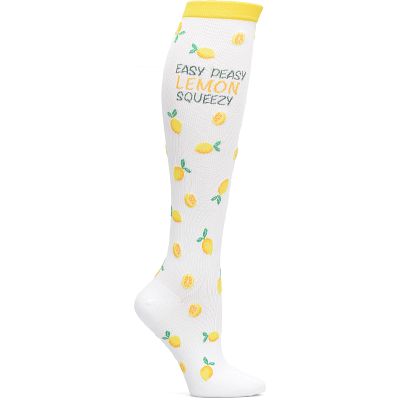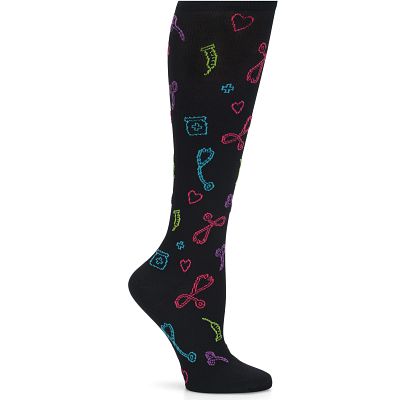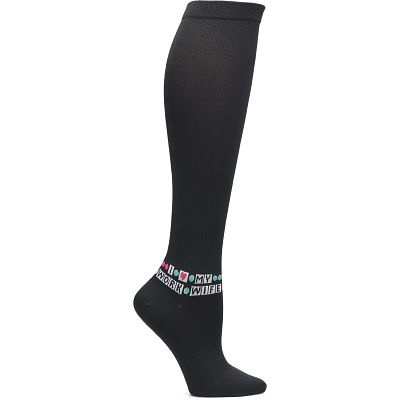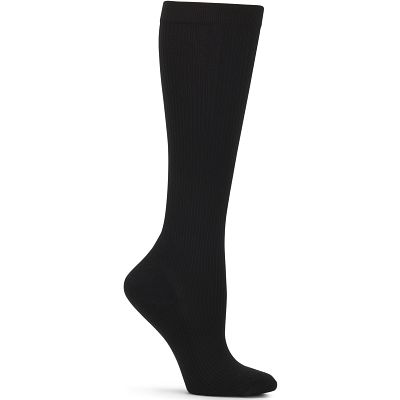Women's Compression Socks
For on-the-job or every day, our women's compression socks help to improve circulation and reduce leg fatigue. Choose from mild to firm compression levels.
Shop Compression Socks for Nurses
Wearing compression socks improves circulation in the legs to reduce discomfort and energy depletion. Compression socks serve as a tool for blood vessels to help them work more efficiently. Find high-performing compression socks in our selection, available in ankle or calf length, to choose the right socks for you.
Pain Relief and Compression Socks
Compression socks utilize compression therapy to apply gentle external pressure to the legs and ankles. This pressure acts as a source of support for your veins as they pump blood back to your heart. As compression socks encourage blood flow, legs become less prone to blood pooling. With improved circulation brought on by compression therapy, your legs will have more stamina and experience fatigue-induced pain reduction.
Compression Levels
Nursing compression socks offer different levels of compression. There are four common levels of compression depending on the range of mmHg (millimeters of mercury):
Mild compression: 8-15 mmHg
Medium/Moderate compression: 15-20 mmHg
Firm compression: 20-30 mmHg
Extra firm compression: 30-40 mmHg
Firm and extra-firm compression feature medical-grade compression and actively seek to counteract symptoms of disease or disorder such as varicose veins or DVT (deep vein thrombosis). Because of this, people often purchase medical-grade compression socks at the recommendation of a doctor, though that is certainly not required. Mild compression focuses on relieving the typical aches and pains that come along with hours spent on your feet, while medium compression may be a necessary upgrade for people experiencing a bit more intense pain and achy legs.
Nurse Mates Compression Socks
At Nurse Mates, we focus on providing comfortable and supportive graduated compression socks to nurses and medical professionals. Nurses often spend 12 hours or more working on their feet to address the needs of patients. No matter what your state of health and fitness looks like, 12 hours of standing will make anyone’s body ache. Our compression socks offer relief to hardworking medical staff. Every healthcare professional should invest in a pair of high-quality compression socks to promote circulation, prevent varicose veins, and reduce swelling.

























